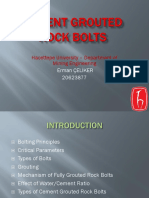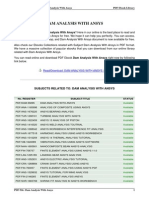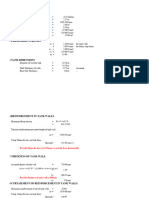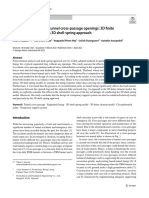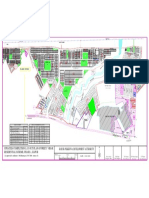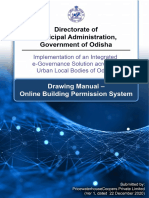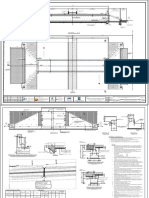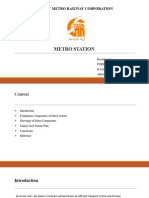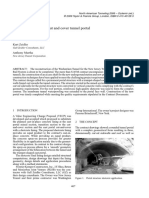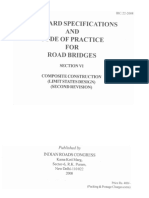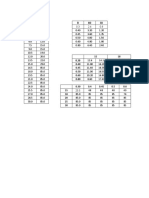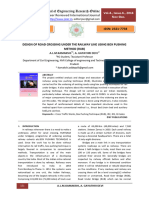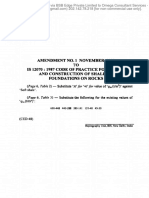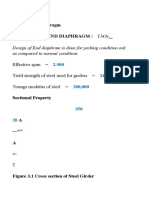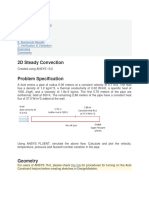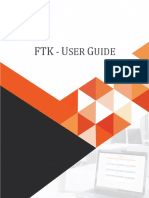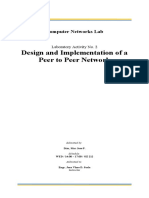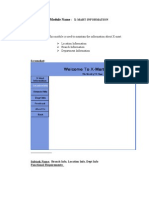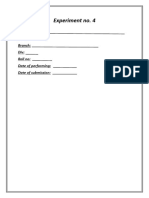0% found this document useful (0 votes)
332 views11 pages2.ansys Meshing T-Junction Pipe
This document provides instructions for meshing a T-junction pipe geometry in ANSYS. It describes starting ANSYS meshing, importing the geometry, generating an initial mesh, refining the mesh at boundaries, adding inflation layers, creating named selections for boundaries, and checking mesh quality before solving. The objective is to demonstrate the basic ANSYS meshing workflow and generate a high-quality mesh of the T-junction pipe ready for CFD analysis in ANSYS Fluent.
Uploaded by
hamza_almukhtarrCopyright
© © All Rights Reserved
We take content rights seriously. If you suspect this is your content, claim it here.
Available Formats
Download as PDF, TXT or read online on Scribd
0% found this document useful (0 votes)
332 views11 pages2.ansys Meshing T-Junction Pipe
This document provides instructions for meshing a T-junction pipe geometry in ANSYS. It describes starting ANSYS meshing, importing the geometry, generating an initial mesh, refining the mesh at boundaries, adding inflation layers, creating named selections for boundaries, and checking mesh quality before solving. The objective is to demonstrate the basic ANSYS meshing workflow and generate a high-quality mesh of the T-junction pipe ready for CFD analysis in ANSYS Fluent.
Uploaded by
hamza_almukhtarrCopyright
© © All Rights Reserved
We take content rights seriously. If you suspect this is your content, claim it here.
Available Formats
Download as PDF, TXT or read online on Scribd
/ 11
